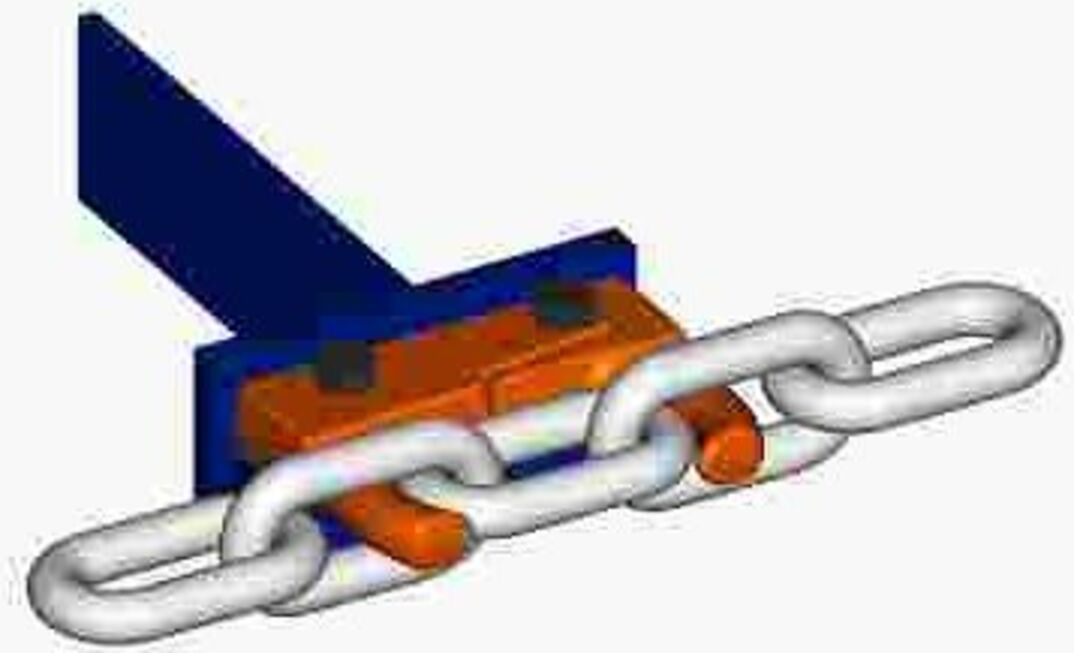During a study of ash-handling systems, RUD found in most cases when a generator is burning coal, the spent ash continually falls from the furnace throat, through an insulated chute into either a water-filled submerged conveyor trough or a totally enclosed dry system.
The ash is conveyed along the bottom of the trough by conveyor flights attached at both ends to continuous loops of conveyor chain. The ash is then discharged to either a takeaway conveyor or a storage area and the conveyor flights return in a lower compartment.
Until now, scraper “flight” bars have been attached to the drive chains by various means ranging from rudimentary bolts to complicated in-line flat-link assemblies that require entire teams for routine maintenance breaks, RUD said.
“Invariably these methods require the provision of inelegant fixing points at the ends of each flight bar,” RUD said.
“Bad geometry and poorly tensioned drive chains lead to uneven wear, irregular travel and flight bar 'jump' which impairs system efficiency and, most significantly, reduces the tonne-per-hour removal rate."
RUD's recently developed Duomount product tackles these issues.
Consisting of two identical, reversible, drop-forged components, the claw-shaped ends pass through the eyes of two adjacent chain links to firmly embrace the joining link.
To avoid fouling, the claws do not protrude beyond the diameter of the chain.
To complete the operation the two parts of the Duomount are pressed together and bolted to a simple flange at the end of the flight bar.
During installation, the drive chains remain intact and fully tensioned at all times and the operation can be completed in a matter of minutes by a lone, unskilled operative.
According to RUD, the product's firm grip all but eliminates bucking and jumping of the flight bar – reducing wear and improving ash throughput. It also allows the operator to mount flight bars as close as four-link intervals.

























